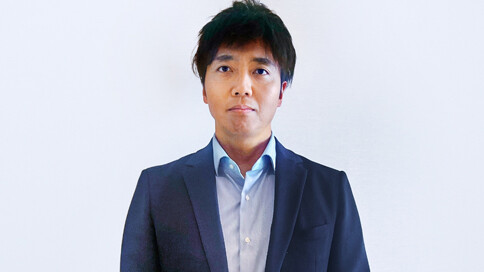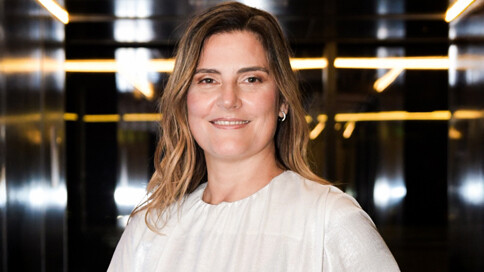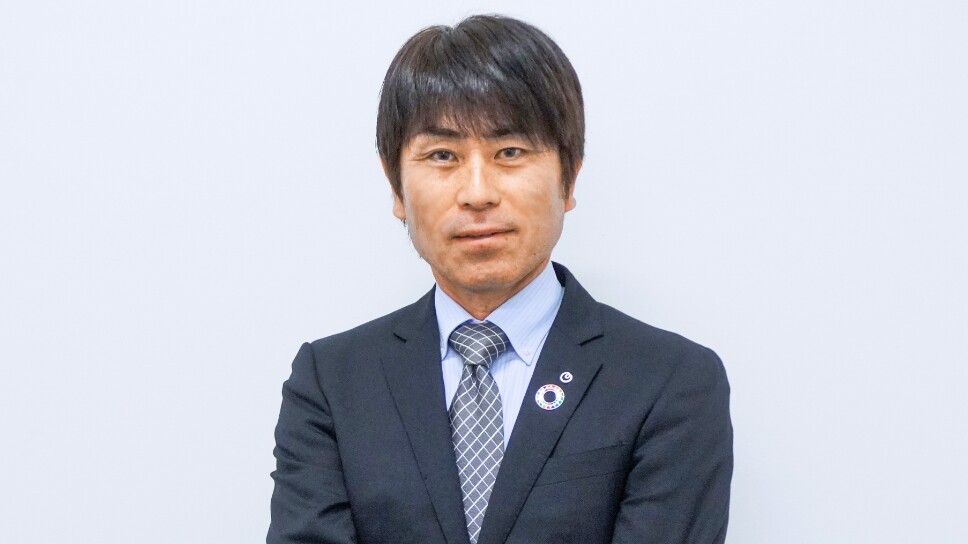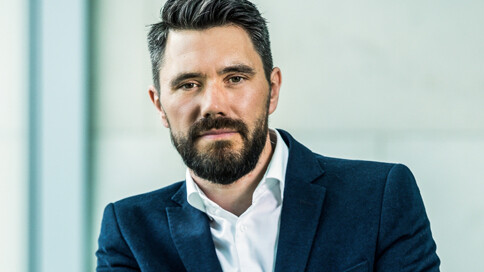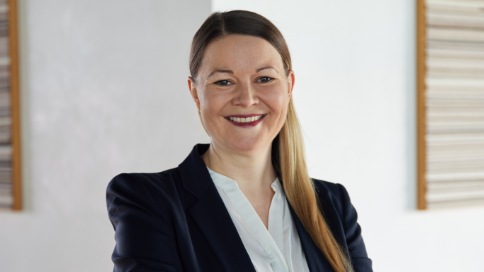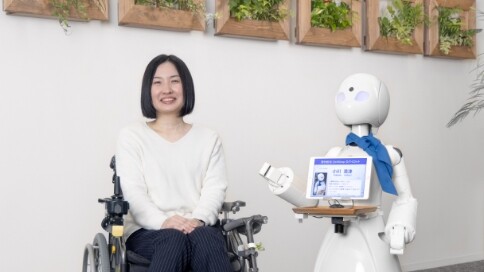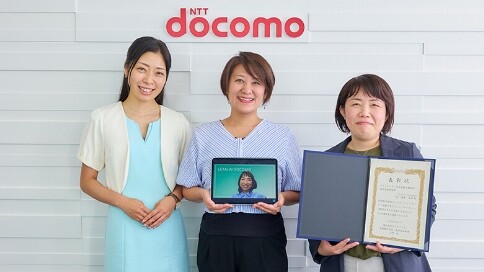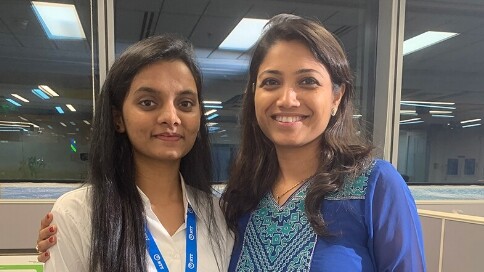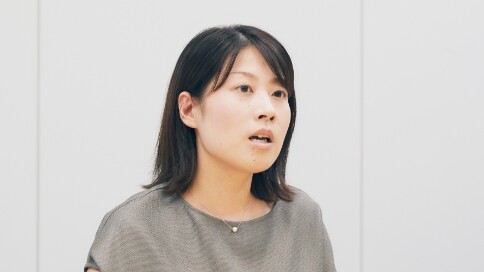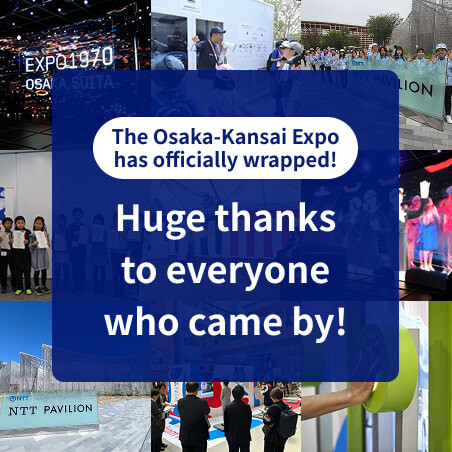Microsoft ends support for Internet Explorer on June 16, 2022.
We recommend using one of the browsers listed below.
- Microsoft Edge(Latest version)
- Mozilla Firefox(Latest version)
- Google Chrome(Latest version)
- Apple Safari(Latest version)
Please contact your browser provider for download and installation instructions.
NTT's Sustainability Efforts
Using Advanced Technologies to Protect the Lives of Children Is Work the NTT Group Should Do
NTT TechnoCross Digital Transformation Department
Naoaki Sumi

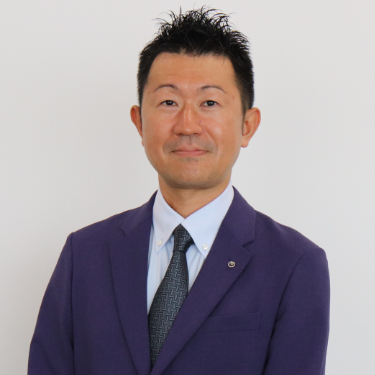
Japan's first ever project that utilizes call center AI technologies for child guidance centers
In recent years, child abuse has become an increasingly serious social issue. According to the Children and Families Agency, there were 219,170 child abuse consultations throughout Japan in fiscal 2022, a record high for the 32nd year in a row.
In response to this situation, the Edogawa Ward Child Guidance Center Heart Port was opened in April of 2020.
After the facility was opened, there was a sudden increase in the number of child abuse consultations, which put a lot of pressure on workers, and NTT TechnoCross was soon contacted about this problem.
Naoaki Sumi, a member of the NTT TechnoCross Digital Transformation Department, which responded to this challenge, had the following to say about when he first received a request for a consultation.
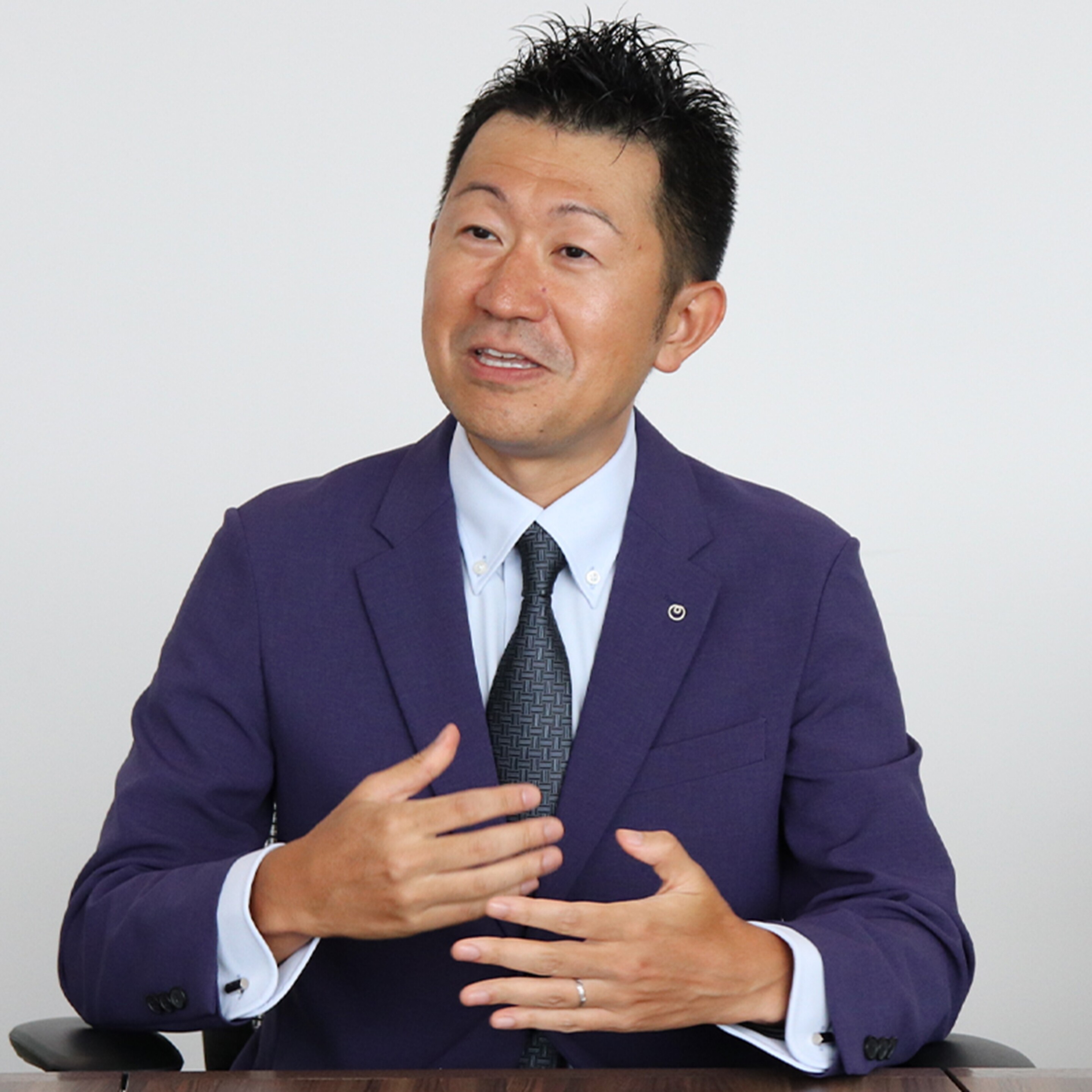
"In fiscal 2020, the Edogawa Ward Child Guidance Center's general contact point handled 5,216 telephone consultations, of which 2,042 were related to abuse.
This was an especially high level even compared to the rest of Japan.
The general-contact-point counselors were in charge of the primary response to 200 to 300 telephone consultations per day, and they assigned these calls to suitable departments depending on the details.
The consultation details covered a wide range of issues, including not only abuse and delinquency but also maternal and child health, childcare, the failure to attend school, and physical and mental disorders. The persons seeking consultations and specific consultation details differed as well.
It was therefore necessary for the general contact point to gain an accurate understanding of these details and then escalate them to the suitable parties." (Naoaki Sumi, same below)
The counselors in charge of the primary response on the telephone had to be able to clearly hear the name of each person, location, and any related technical terms.
In addition, because the consulter on the other end of the line was often excited or exhausted, there was an issue of mishearing what they said.
At the same time, because counselors generally prioritized their main work, which was to conduct interviews and directly care for children, they often had to work at night or on holidays to organize records of consultation details and response history, which had made long working hours the unfortunate norm.
In terms of making improvements to address this situation, Mr. Sumi believed that the key to resolving these issues was NTT's ForeSight Voice Mining product, which boasted an extensive track record as call center AI utilizing NTT laboratory technologies, including voice recognition, sentiment analysis, and language analysis.
"At the Edogawa Ward Child Guidance Center, there was a need to reduce recordkeeping work after telephone consultations, and, given the need to find enough time to properly conduct interviews, handle complaints, and provide children with psychological care, there were concerns that long working hours would adversely affect the mental health of workers.
To resolve this issue, the utilization of AI technologies was considered as a way to more efficiently handle telephone calls and recordkeeping work.
In addition, Professor Ichiro Wada, an expert on child welfare at Dokkyo University, contacted us and asked if we might have any way to utilize AI technologies to increase the operational efficiency of child guidance centers.
This turned out to be the start of Japan's first ever project utilizing a call center AI product (based on research by NTT TechnoCross), a project involving problem-solving cooperation by three parties: a child guidance center, child welfare expert, and IT expert."
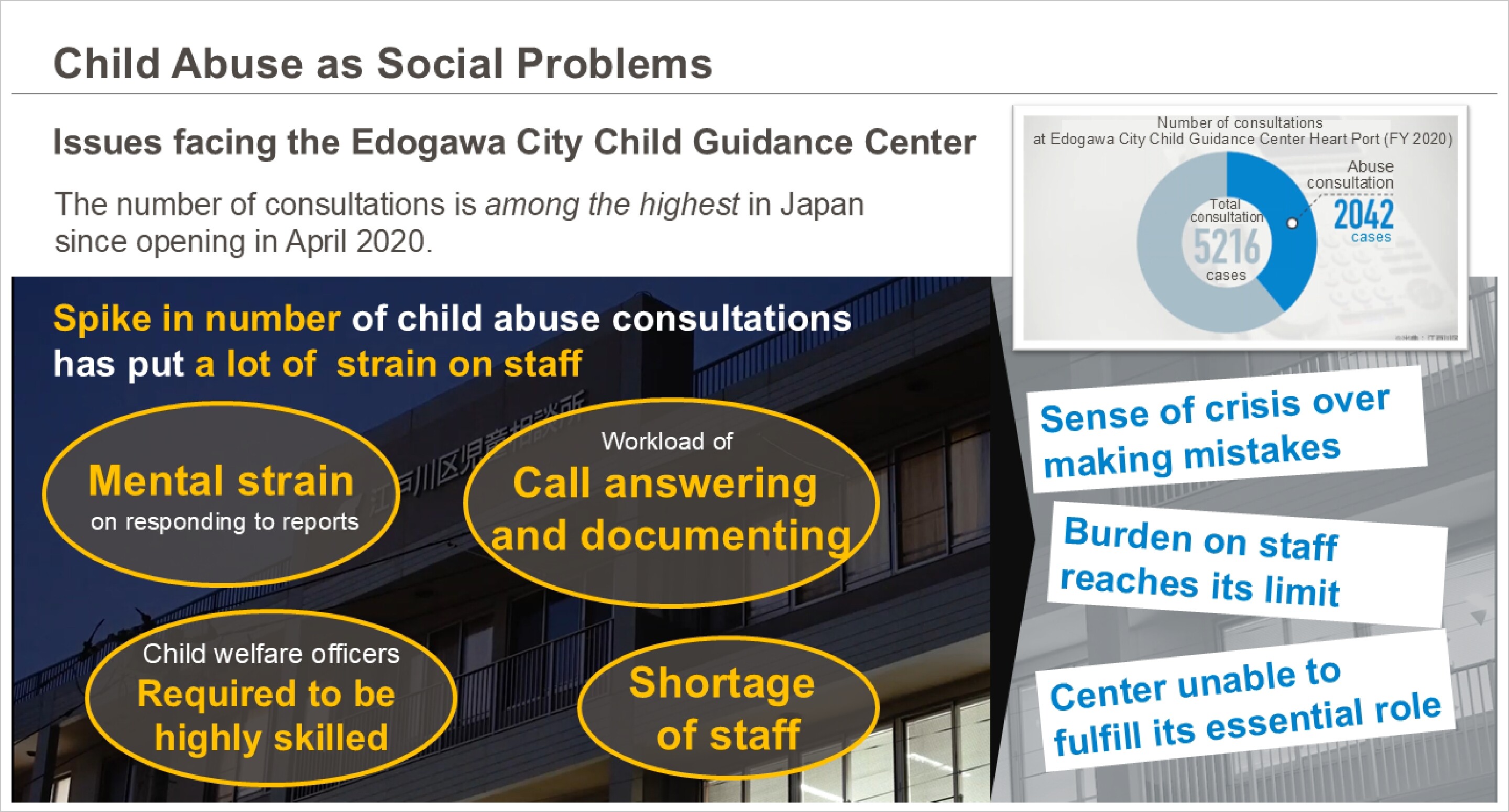 Issues faced by the Edogawa Ward Child Guidance Center Heart Port
Issues faced by the Edogawa Ward Child Guidance Center Heart Port
(an excerpt from materials for the 11th NTT Group Sustainability Conference)
Visiting the child guidance center to gain an understanding of the actual situation so counselors can focus on their real work
These call center AI technologies, including voice to text conversion and automatic response-manual display functions, had mainly been introduced for financial institutions, telecommunications companies, and gas, electric, and other infrastructure service companies.
In other words, the original purpose of these technologies was to increase the operational efficiency of large-scale call centers with hundreds of telephone operators, reduce expenses, increase the response quality, and address similar challenges.
This project was the first time that these technologies had ever been introduced for a municipality, let alone a child guidance center.
Mr. Sumi said that at first, he was "nervous" about the introduction of the system.
"We started by visiting the child guidance center to gain an understanding of the actual situation. There, we witnessed how urgent the problem was.
All the workers were doing everything they could to protect the lives of children.
However, even though their real job was to work with the children themselves, they were also forced to deal with other complex work, including entering records of telephone consultations.
To make matters worse, the number of reported incidents of child abuse was annually increasing throughout Japan.
Given the gravity of this situation, we knew that, if the technologies we introduced failed to have any effect or increased the workload faced by the workers due to taking too long to use, it could actually threaten the lives of children.
To prevent this, we decided to implement meticulous experimental trials and trial operations in order to identify effective utilization approaches.
If the experimental trials did not work out, we were fully prepared to give up on the idea."
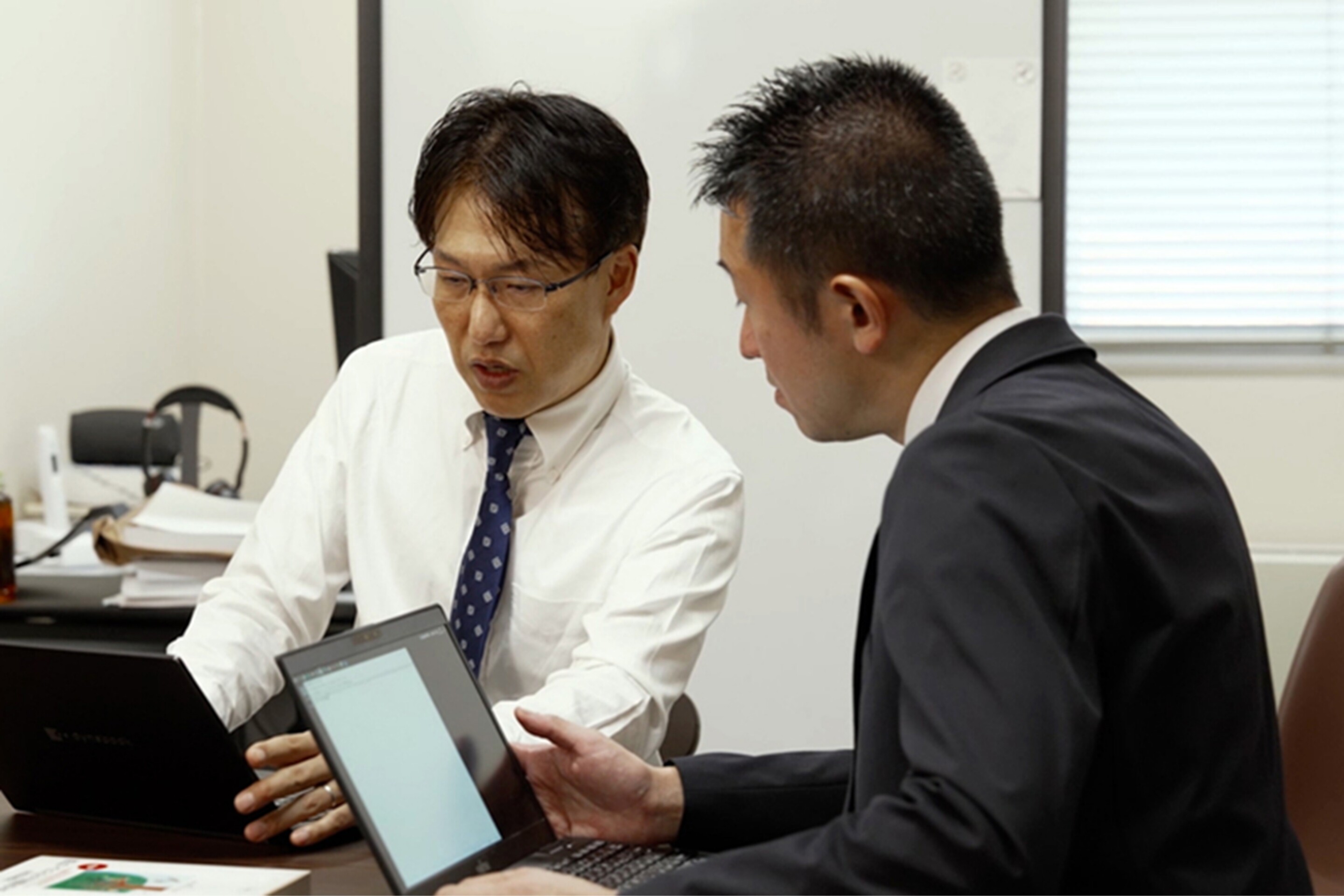
The trial operations started in July of 2021, and, during the trial, Mr. Sumi and his team members frequently visited the center to conduct surveys and interviews.
They also explained how to use the system according to the usage situation and proficiency, and they did their best to gain a feel for how work changed after the system was introduced.
Operations using the system gradually penetrated the center, and, in January of 2022, the full-scale introduction of the system was implemented at the Edogawa Ward Child Guidance Center by introducing it for 110 telephone contact points.
"When we first introduced the system, we started out by aiming to reduce the number of hours of overtime worked as an indicator of increased operational efficiency, but there was also a perceived increase in work quality.
This was likely because the use of the supervisor support functio n enabled the real-time monitoring of telephone calls while also enabling managers to simultaneously confirm the details of calls.
More specifically, if there were words that required special attention or problems during calls handled by primary-contact-point counselors, managers were able to provide prompt support.
In addition, because the call details were converted to text in real time, there was no need to take notes, which made it possible to more efficiently respond to consultation details.
Due to this improvement in response quality, we also heard from workers that they were able to immediately respond to signs from children that must not be overlooked."
 Flow after introducing call center AI
Flow after introducing call center AI
(Source: NTT TechnoCross Examples of Introduction)
Applying the project to similar situations to help resolve social issues and contribute to society
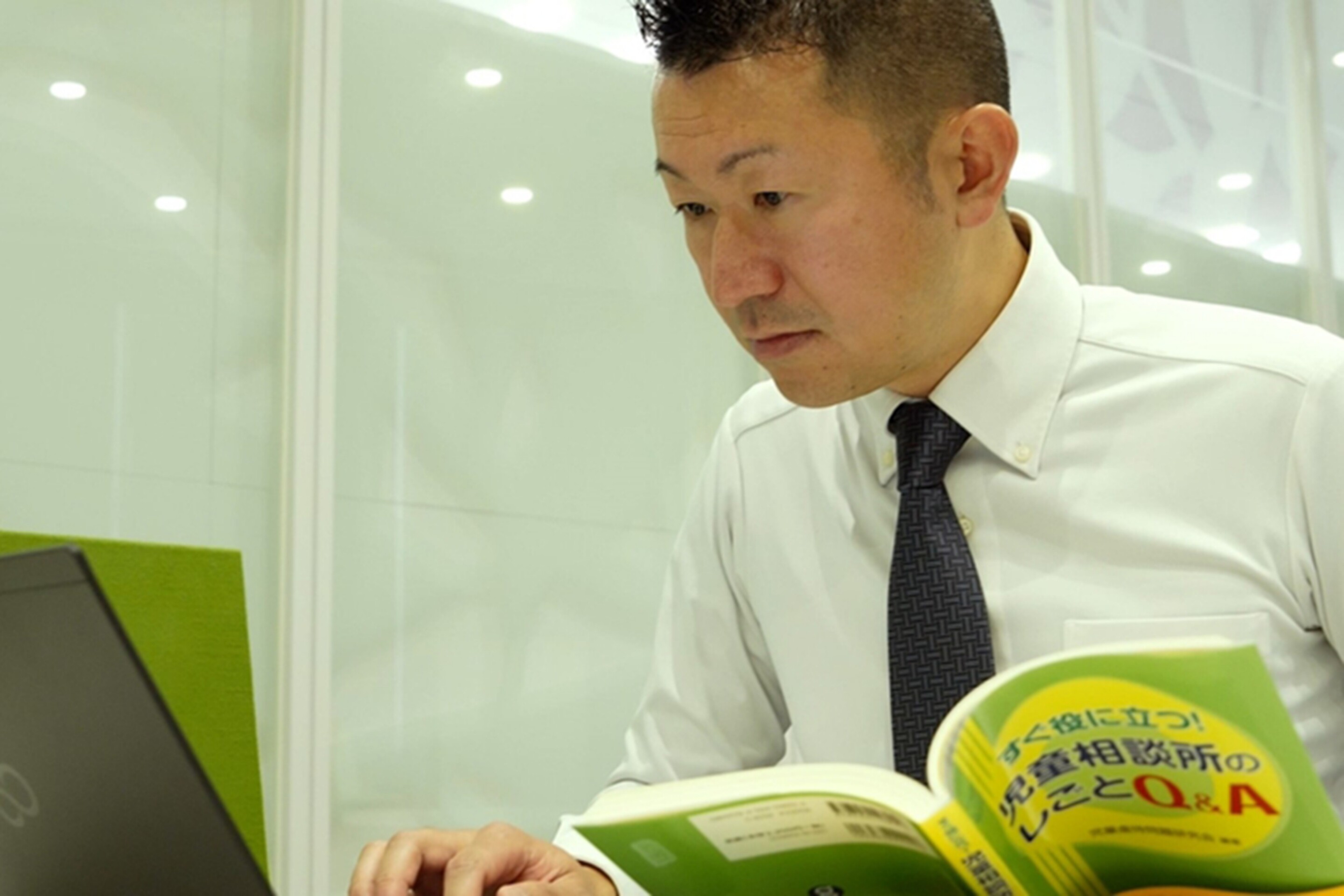
After successfully contributing to increased operational efficiency at the Edogawa Ward Child Guidance Center, NTT TechnoCross started promoting the introduction of customized products at child guidance centers in the Greater Tokyo Area in particular to help save the lives of as many children as possible.
Such products have been introduced at nine child guidance centers so far, where they are used to help prevent child abuse and to discover and deal with it as early as possible.
Mr. Sumi had the following to say about applying the results of this project to similar situations.
"Our main objective in introducing products driven by call center AI technologies to companies was to help them avoid losses or pursue profits.
However, given that the mission of this project was to protect the lives of children and that we were interested in contributing to society and helping to resolve social issues, it was necessary to be confident in the system we proposed, and, even if the project did not go well, we knew that we could not simply give up on it.
Therefore, to promote this project, it was crucial not only to trust our system but also to ensure unity between team members.
I believe this is why our team was uniquely equipped to respond to the demands we faced."
What Self as We means to Mr. Sumi
Work the NTT Group needs to collectively do to contribute to the resolution of social issues
During his efforts at the Edogawa Ward Child Guidance Center, Mr. Sumi experienced the Self as We philosophy as described below.
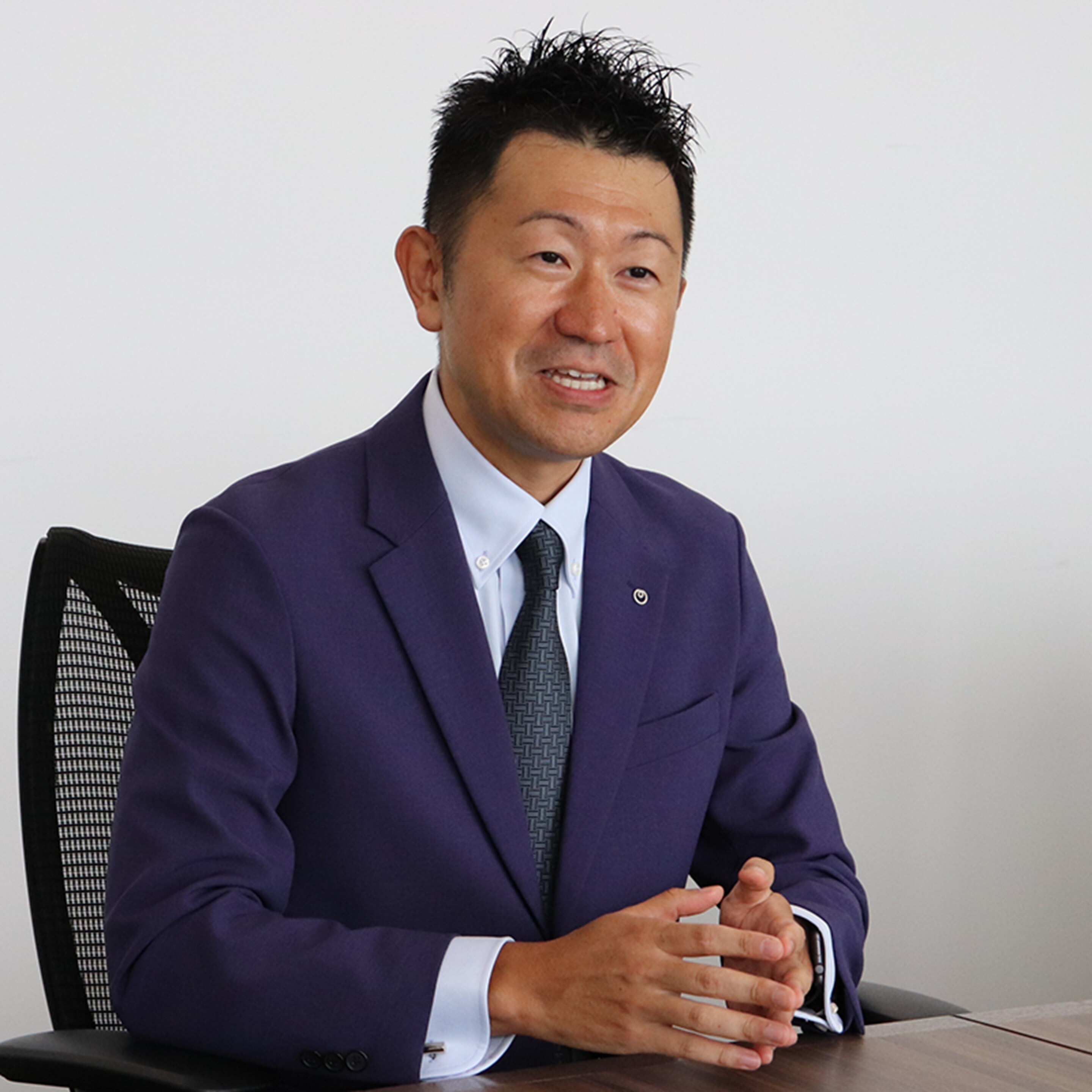
"Everyone taking on these vital issues at the Edogawa Ward Child Guidance Center as well as Professor Wada, an expert on child welfare, sincerely hopes to help children they see suffering, and we likely never would have met them during our day-to-day business.
As we interacted with them every day, we were deeply impressed by their sense of responsibility.
I also found myself personally desiring to find a way to help save children, and I believe the NTT Group's efforts to resolve social issues are exactly the kind of work we should be doing.
I really felt like, collectively speaking, We are very much taking on the challenge of addressing the social issue of child abuse."
Sustainability
NTT STORY
WEB media that thinks about the future with NTT



